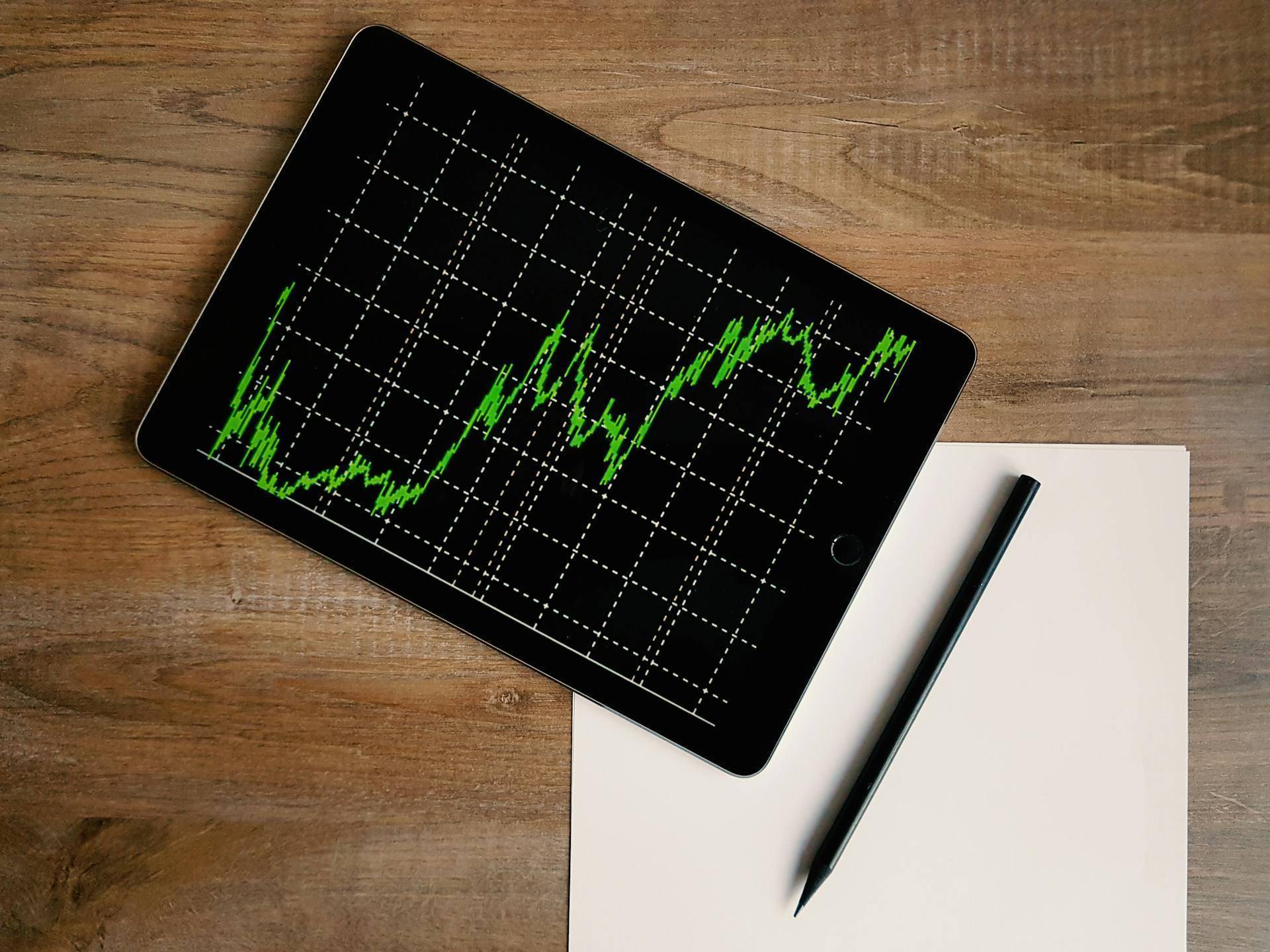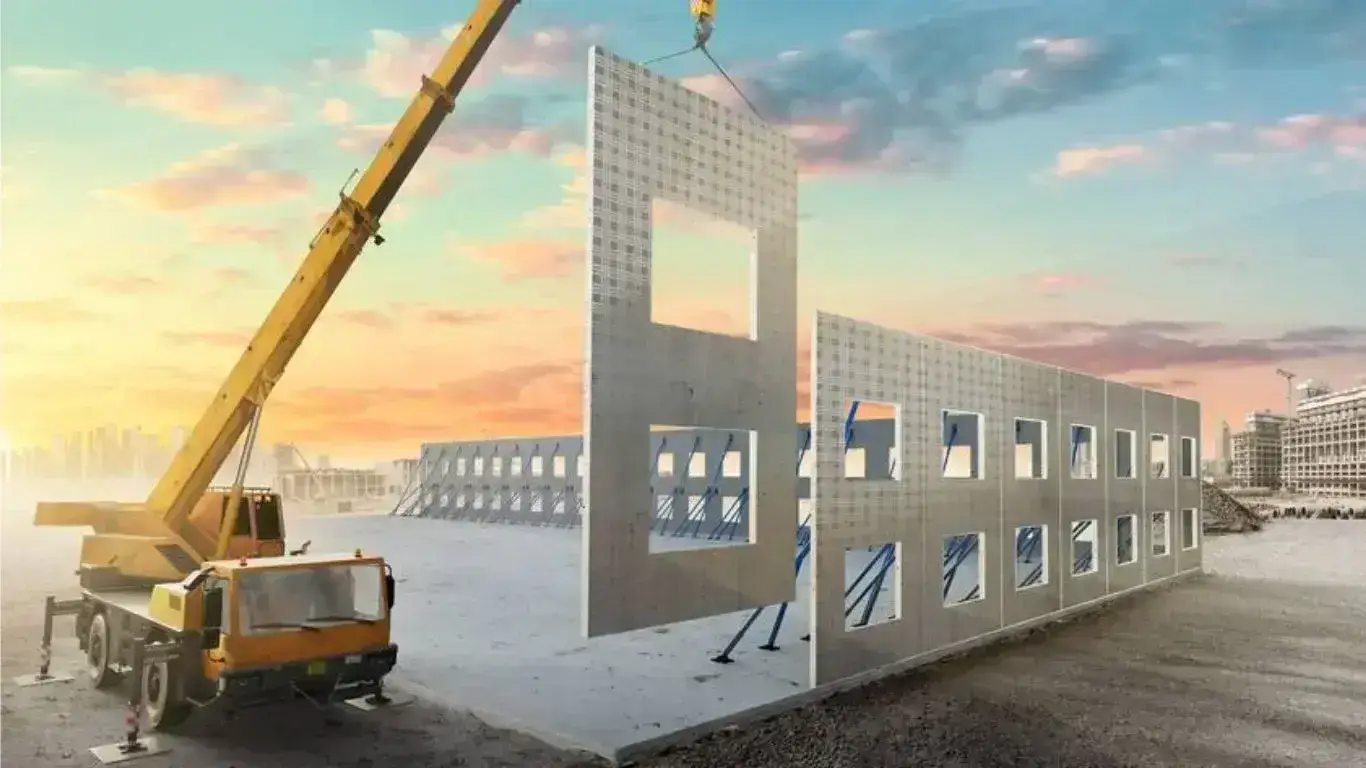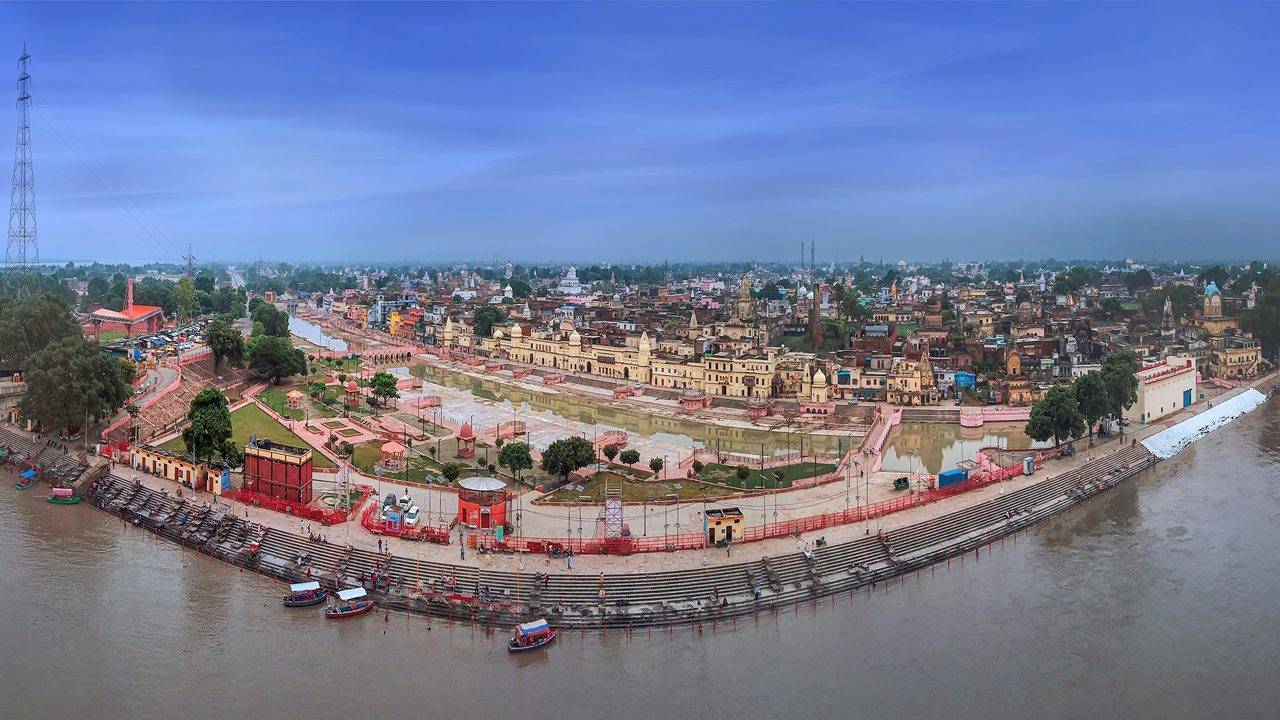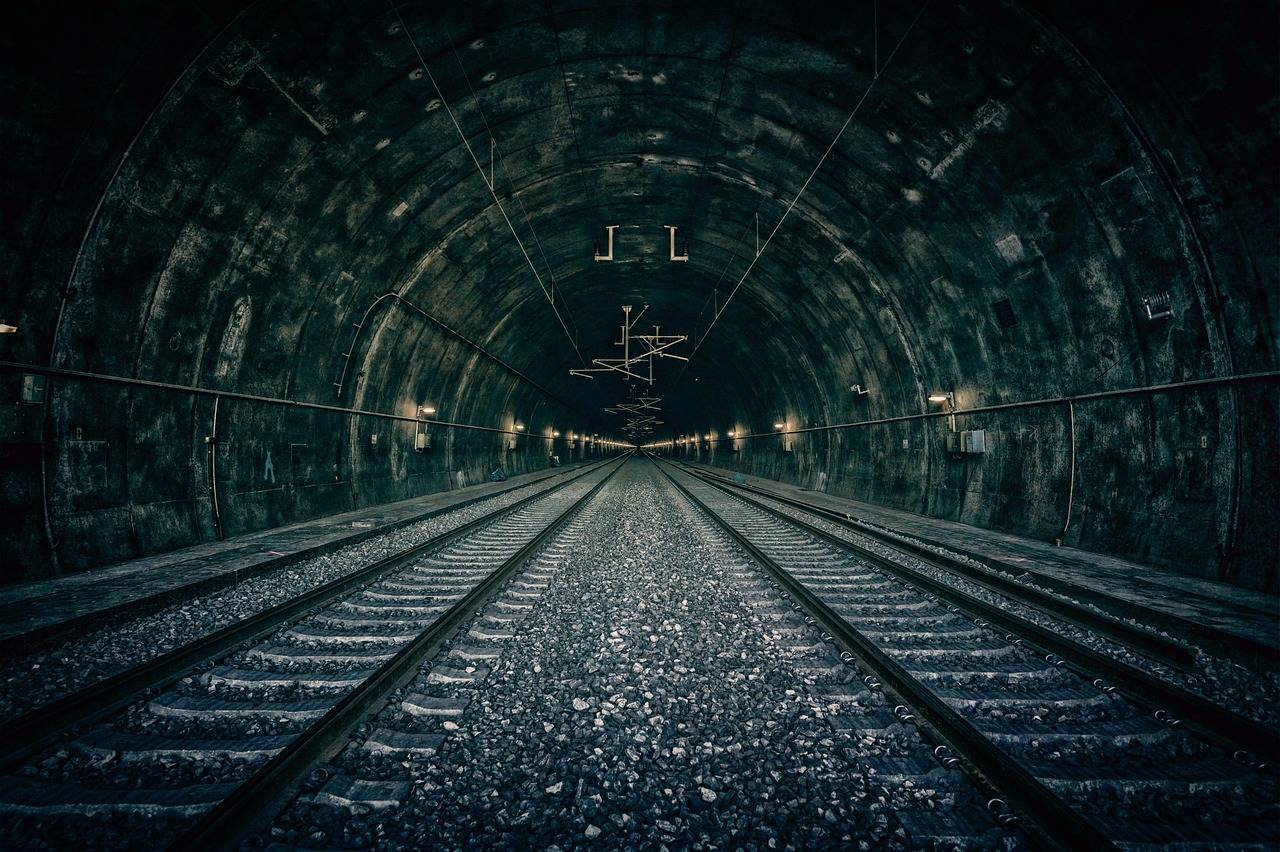Dubai Municipality has completed a large-scale tree plantation programme, adding over 300,000 trees across key city roads and intersections between January and June 2025. The initiative covered more than three million square metres and involved an expenditure of AED190 million. The campaign supports the Dubai 2040 Urban Master Plan and the Green Dubai strategy, which prioritise environmental integration within urban infrastructure.
The project targeted major routes such as Al Khail Road at Latifa bint Hamdan Street, Sheikh Zayed Road near the 7th interchange (entry from Abu Dhabi), Sheikh Rashid Street from Sheikh Khalifa bin Zayed to Al Mina Road, Sheikh Zayed bin Hamdan Street at Tripoli Street, and Al Khawaneej Street at Al Amardi Street. In these zones, the Municipality planted over 300,000 trees and seedlings, along with more than 222,000 square metres of ground covers and seasonal flowers.
To support water management in a dry climate, the project included underground irrigation systems connected to remote monitoring through IoT networks. These systems allow for regular supervision of water distribution and help manage consumption effectively. Each irrigation network was calibrated to deliver the required moisture levels for the trees and plants, ensuring plant health while avoiding unnecessary water use.
Plant selection was based on local climate conditions. Dubai Municipality used a combination of native and ornamental tree species. Native trees included *ghaf*, *sidr*, and *neem*, chosen for their suitability to the region’s environment. Ornamental species like *bougainvillaea*, *millingtonia*, *chorisia*, and *washingtonia* were also used to provide diversity in appearance. Many of the plants were grown in Dubai Municipality’s nurseries, reducing dependence on external sourcing.
The implementation process involved nursery preparation, site grading and soil conditioning, tree transport, and installation using both machinery and manual labour. Each tree was connected to the irrigation system, and water flow was monitored and adjusted through automated controls.
Urban features were also added at selected intersections. For example, vertical lighting poles were installed at the Al Khail–Latifa bint Hamdan junction. These poles, designed in a style referencing regional architecture, change colour during national events. Fencing was added around green areas using a fixed colour scheme to maintain visual uniformity at key entry points.
The total project cost of AED190 million covered plantation work, irrigation infrastructure, design, fencing, and supporting systems. This campaign marked a significant increase from the previous year. In 2024, 216,500 trees were planted across the city. By mid-2025, the number had already reached 300,000.
As of the end of the first quarter of 2025, Dubai Municipality reported managing approximately 5.5 million trees and seedlings city-wide. Other figures include 8.7 million square metres of green areas, 2 million square metres of seasonal flower beds, and 1.3 million linear metres of plant fencing. Green coverage in Dubai grew from 234 hectares in 2023 to 391.5 hectares in 2024, an increase of 67%.
Dubai Municipality is responsible for this programme and other public service functions across the city. Established in 1954, it is the oldest civic body in the emirate. It currently operates through two sectors, four agencies, and 37 departments, offering over 150 services and managing more than 800 daily operations. Responsibilities include urban planning, landscape works, water and waste systems, and public health regulation.
Officials noted that the tree planting drive contributes to broader urban planning efforts by increasing vegetation cover, managing temperatures in built-up zones, and offering visual structure at traffic corridors. Marwan Ahmed bin Ghalita, Director General of Dubai Municipality, said the programme was planned to maintain a balance between infrastructure and environmental requirements, and to support the city’s livability goals.









.png)